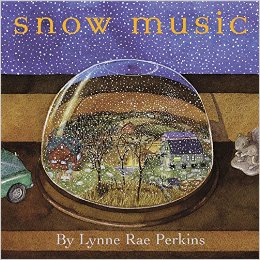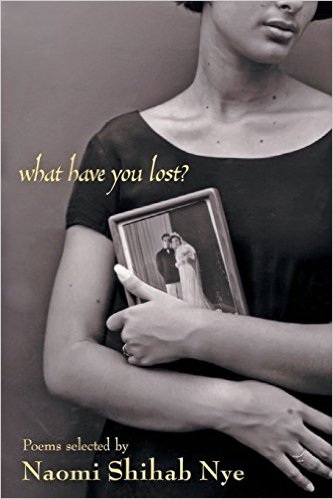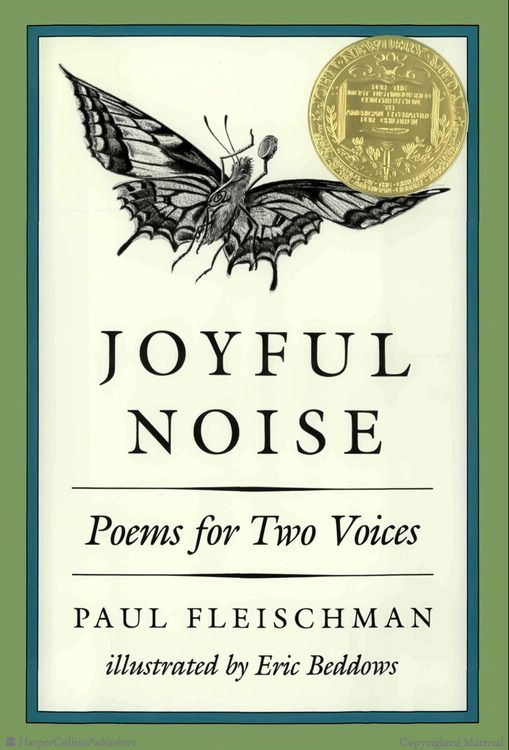Books About Halibut, or not

Hailstones and Halibut Bones. I absolutely love this book. Here is another homeschool resource, one I used time and again when I “assisted” with a homeschool coop class on writing. It made the notion of metaphor come alive, along with personification, vivid detail—really everything I wanted to teach in that class could have come from this book.
I, of course, was not the lead teacher, so the children got lessons on what they “ought” and “ought not” write about (children being naughty, unless they are punished, was one “ought not”) which left me steaming, but alas at least I got to read, again, these beautiful poems!
What’s not to love? The first poem, “What is purple?” starts,
Time is purple
just before night
when most people
turn on the light,
and describing purple as a “great grandmother to pink” is just lovely. Gorgeous, educational book.
Anyone can use this journal, even if you don’t normally write poetry. The Poetry Journal Project began to inspire everyone to explore and enjoy poetry.
Poetry Month is coming to a close, and with it I'll share five Zolotow picture book classics. Books like these are "out of style" in current publishing, which is a shame. I'd much rather read Flock of Birds over and over than books about crazy hair or farting dogs.
As we continue to celebrate poetry, I continue to study picture books. I don't think I could count how many I've absorbed in the past years. Oodles? Oodles of oodles? A lot.
In honor of National Poetry Month, I'll be sharing some of my favorite poetic picture books. Beautiful, vivid, delightful reads. Here are five by Cynthia Rylant, an amazingly prolific author with an insane diversity of titles to her name.
A fascinating and diverse selection of poems centering on things lost and things found. Everything from family to self to race to culture to the first day of school to death to words to language to innocence...
I absolutely love this book. Here is another homeschool resource, one I used time and again when I “assisted” with a homeschool coop class on writing. It made the notion of metaphor come alive, along with personification, vivid detail—really everything I wanted to teach...
Lear was the youngest of 21 children and was brought up by his sister, who cared for him until he was nearly 50. He was an eternal child with “invincible boyishness,” according to the editor. This collection...
This is a Charlotte Zolotow book, which is no surprise. Such lovely language, metaphor, all the poetic devices one learns in school. I don’t read music, but this reads like I imagine music to be read...
Would it be admitting ignorance to say I don’t like poems I don’t understand? I mean, I sort of understand “The Perceiving Self,” but I mostly don’t. It makes me wonder...
Rebecca has been writing since childhood, her first book about a kitten published between homemade cardboard covers in second grade. Although she studied religion and philosophy in university, she continued writing, earning an MFA from Hamline University and publishing multiple picture books (no longer with homemade covers) and a collection of poetry with a variety of New York and independent publishers. She has also published a wide array of fiction, essays, and poetry in magazines and journals and photographs for Getty Images. She balances writing with homeschooling the younger of her six children, launching her young adults, church activities, and overseeing a small flock of chickens in rural West Michigan.










I’m violating my own risk aversion, my own dislike of wasting hours on a bad book (whatever that means) by suggesting this: if your book group wants to branch out, try poetry! And I suggest you try my new book, Sweetened Condensed, which I consider almost un-poetry, because it’s accessible, never once mentions Plato or Sophocles, and I hope is also relatable.